Rolex introduced the original Datejust in 1945 and the model was unveiled at the Rolex Jubilee celebration to celebrate the company’s 40th-anniversary which is also where the Rolex Jubilee bracelet received its famous name from. The first Datejust under Ref. 4467 was only available in 18k yellow gold and came fitted on the then-new Rolex Jubilee bracelet. The Ref 4467 was the very first automatic wristwatch with an automatically changing date complication which was displayed at the 3 o’clock position in the dial. This is a feature/complication that seems almost standard on most high-end watches today, but in 1945 it was an important and technically advanced horological complication that also proved to be extremely useful as watches within this era were just as much about functionality as they were about design and luxury.
The Ref 4467 received the nickname “Ovettone” translating to “Large Egg” in Italian as the Ref 4467 had a self-winding movement with a deeply domed back that was very similar to the Rolex “Bubbleback’s” of the era. Interestingly the name Datejust didn’t appear until the introduction of the Ref. 5030 and 5031 and only appeared sporadically on the dial. It wasn’t until the introduction of the Ref. 6074 and Ref. 6075 that the name Datejust became a permanent model name that was then printed on the dial. Solid yellow gold and two-tone options were standard offerings with the introduction of a full steel offering with the Ref. 6305 range which appeared in 1953′-1954 which has been seen on both the oyster and jubilee bracelets. Additionally, in 1954 Rolex debuted the date magnifier aka “Cyclops” lens on the Datejust. This lens sits on the outside of the crystal and is directly above the date window at the 3 o’clock position on the dial which increases the legibility of the date by two and a half times. The Cyclops today is standard on almost all Rolex watches that possess a date (with the exception of a few models and references) and has become one of the design trademarks and iconic features of the brand.
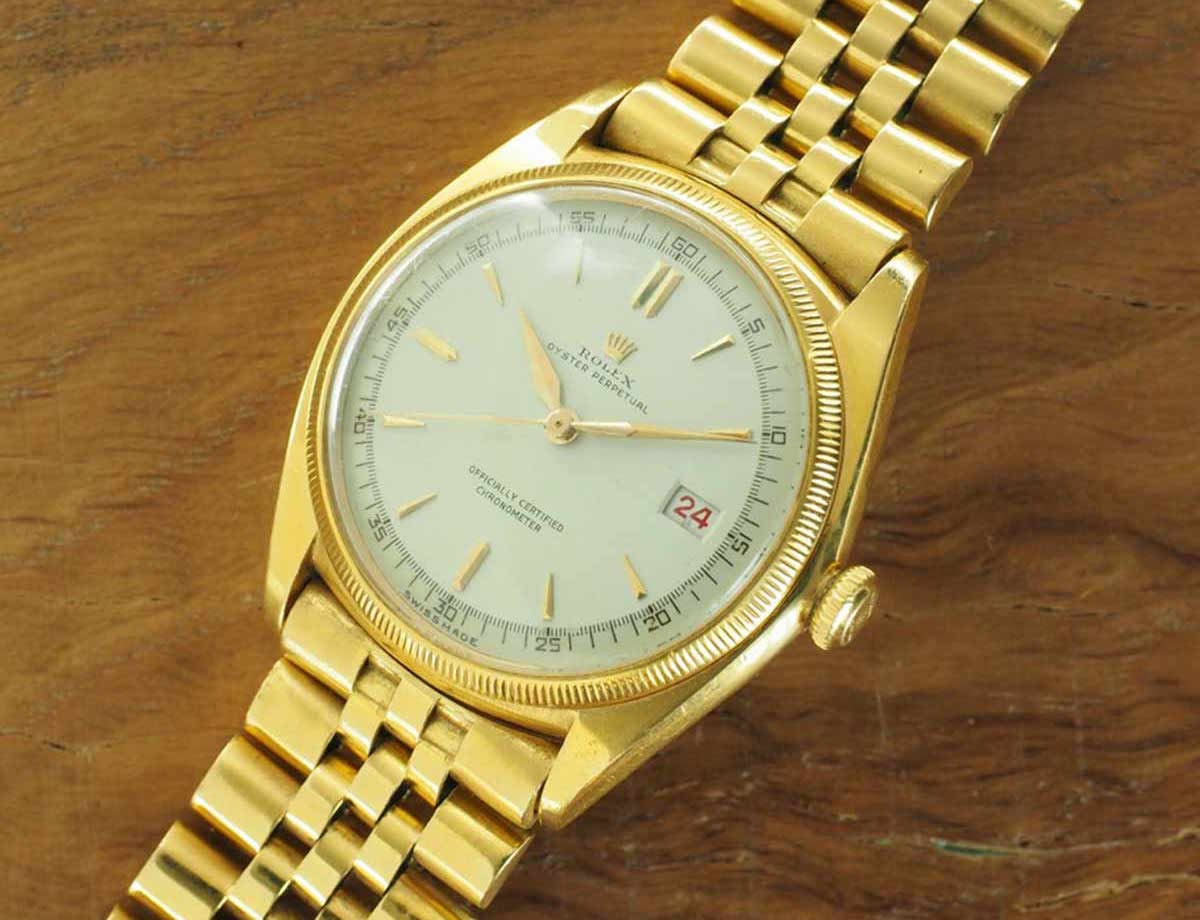
Additional technical modifications and updates were released by Rolex within the reference range over the years as horological advancements were made such as updates to the materials used to manufacture the Datejust as well as advancements to the movement calibers. To detail, every reference and differentiating element of the Datejust would be an unmanageable task, as you will find out, the history of the Datejust is vast and the list accompanying individual references is deep. We will discuss the specific Rolex Datejust variants and individual references in follow up articles as we want to talk about the origins of the Datejust here as well as provide a brief overview of the entire reference range from a historical and design perspective. Of course, if you have questions or need help navigating a specific reference feel free to drop us a line at info@crfatandtailored.com
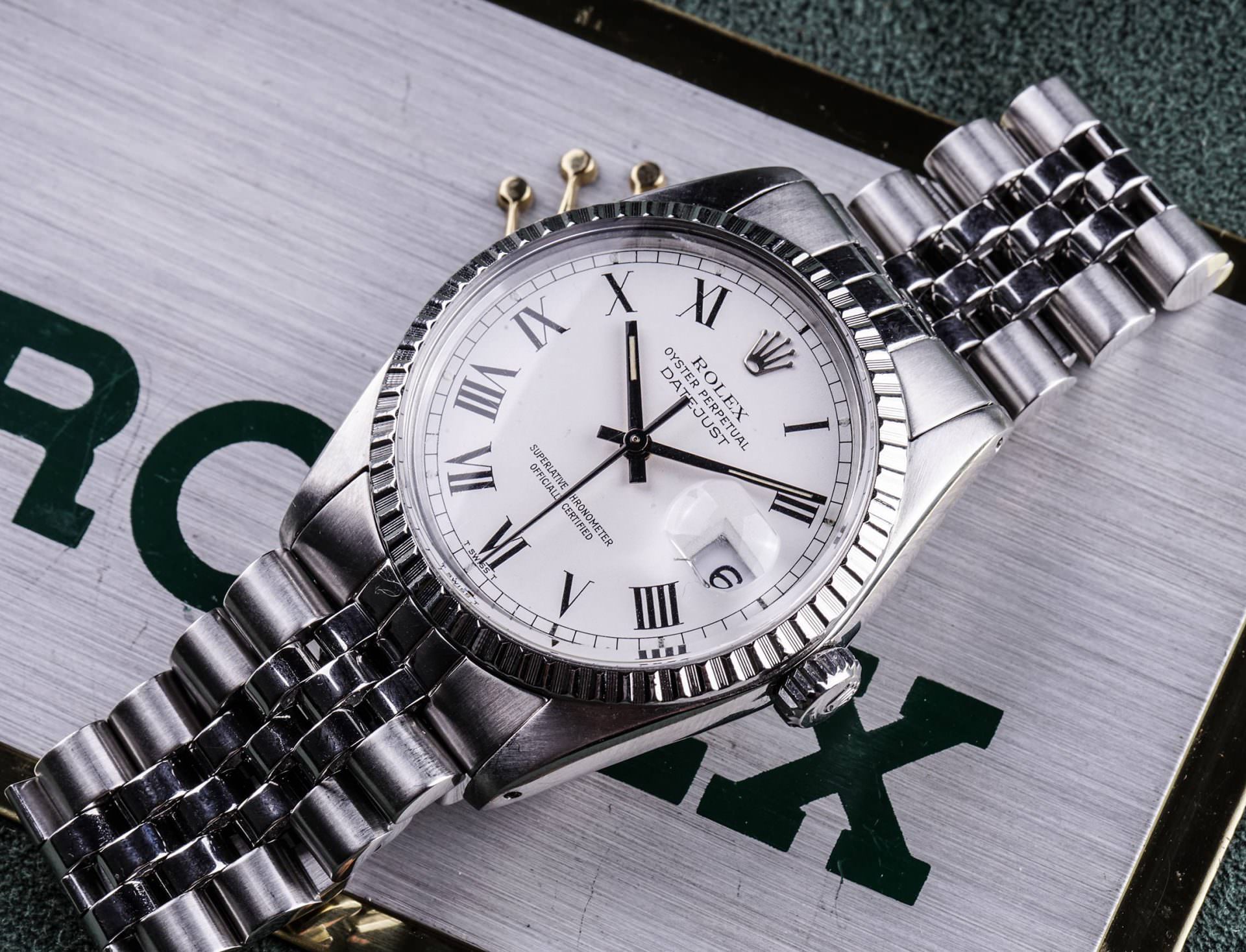
Although the Datejust has undergone many updates and changes since its debut in 1945 when you see any variant of the Datejust being worn on wrist it is instantly recognizable as a Rolex. I would say that the Datejust is the cornerstone of the entire Rolex brand and maybe even more so than the Submariner, and that is due in part to Rolex having left the design greatly unchanged since its introduction in 1945.
The Datejust is commonly seen on two Rolex bracelet styles, the Rolex Jubilee and the Rolex Oyster with the Jubilee being more common and ultimately more iconic in look and design than the oyster bracelet. The original Datejust was launched with a case size of 36mm which set a sizing standard trend that still holds true even to this day. Subsequently, various sizes including ladies’ and mid-sized versions were made available over the years. As of 2020, the Datejust lineup is offered in 5 sizes (28mm, 31mm, 34mm, 36mm, 41mm) The Datejust in solid yellow gold two-tone, and steel are the most common but 18k white gold, 18k rose gold, and platinum options are also available and are now a part of the standard modern Rolex Datejust lineup. The most common bezel variant is also a signature feature and also just as iconic as the Datejust itself which is the gold fluted bezel seen on the solid gold and two-tone variants and in white gold on the steel Datejust variants. Additionally, steel engine-turned bezels aka guilloché bezels are also offered as is a smooth bezel that came in both steel and gold options. There are of course a few outliers when it comes to Datejust bezels as well such as the rare “Bamboo” bezel and factory gemset options.
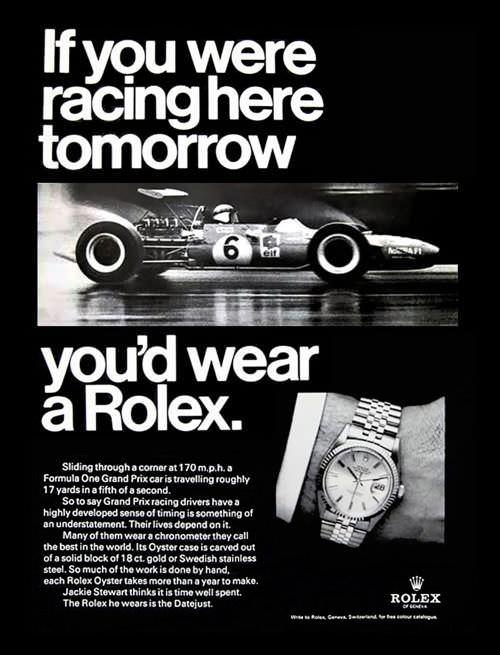
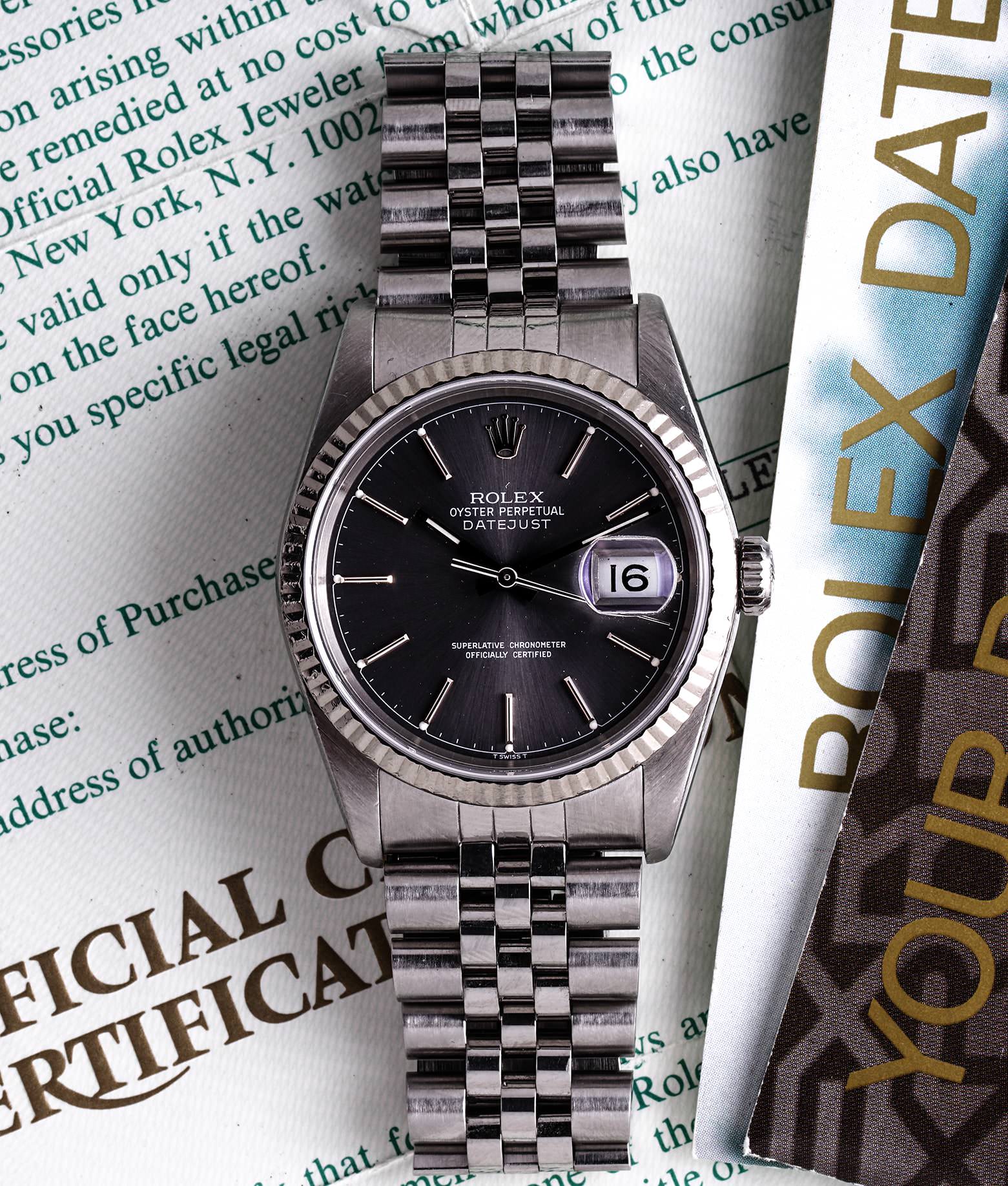
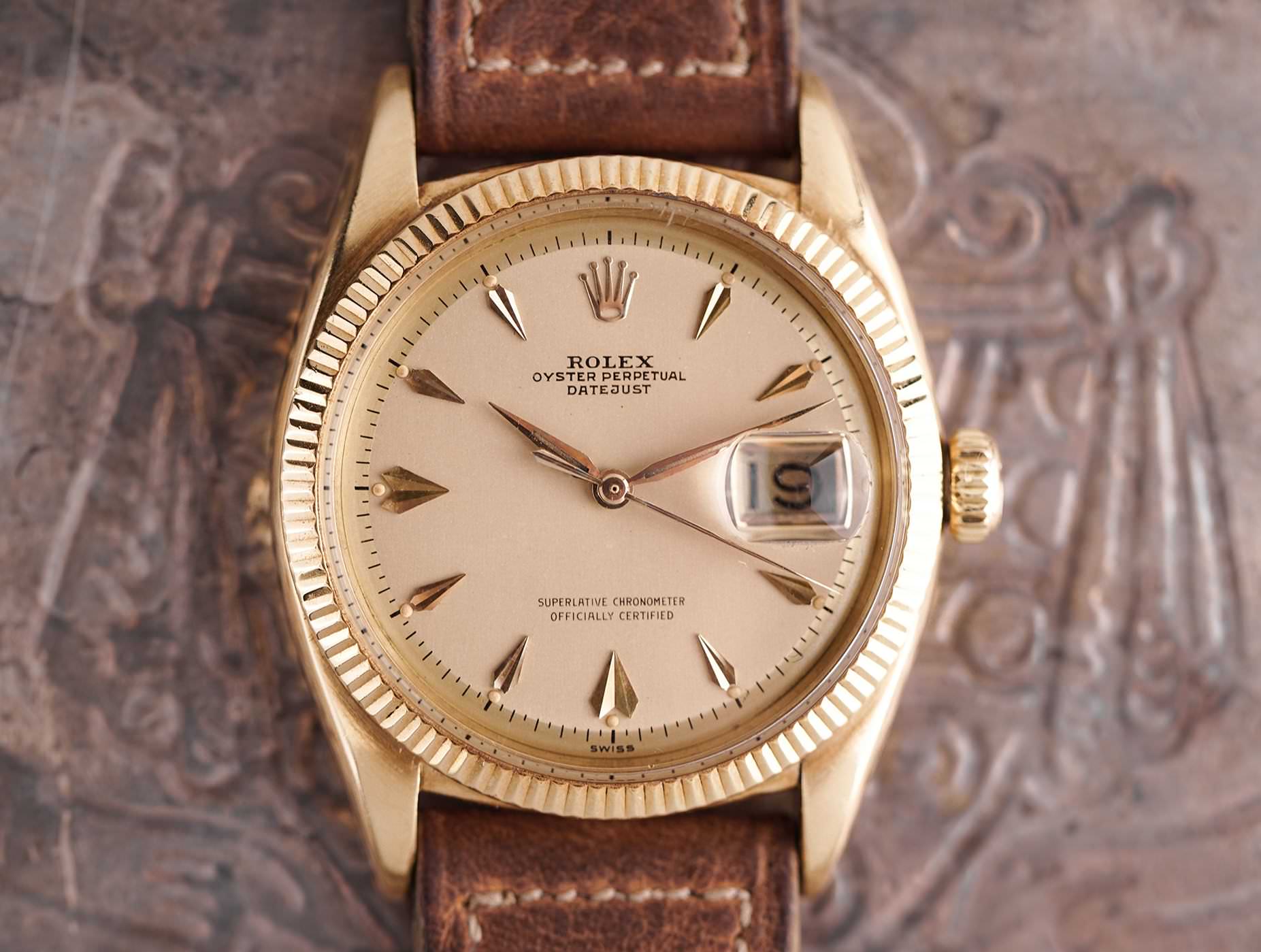

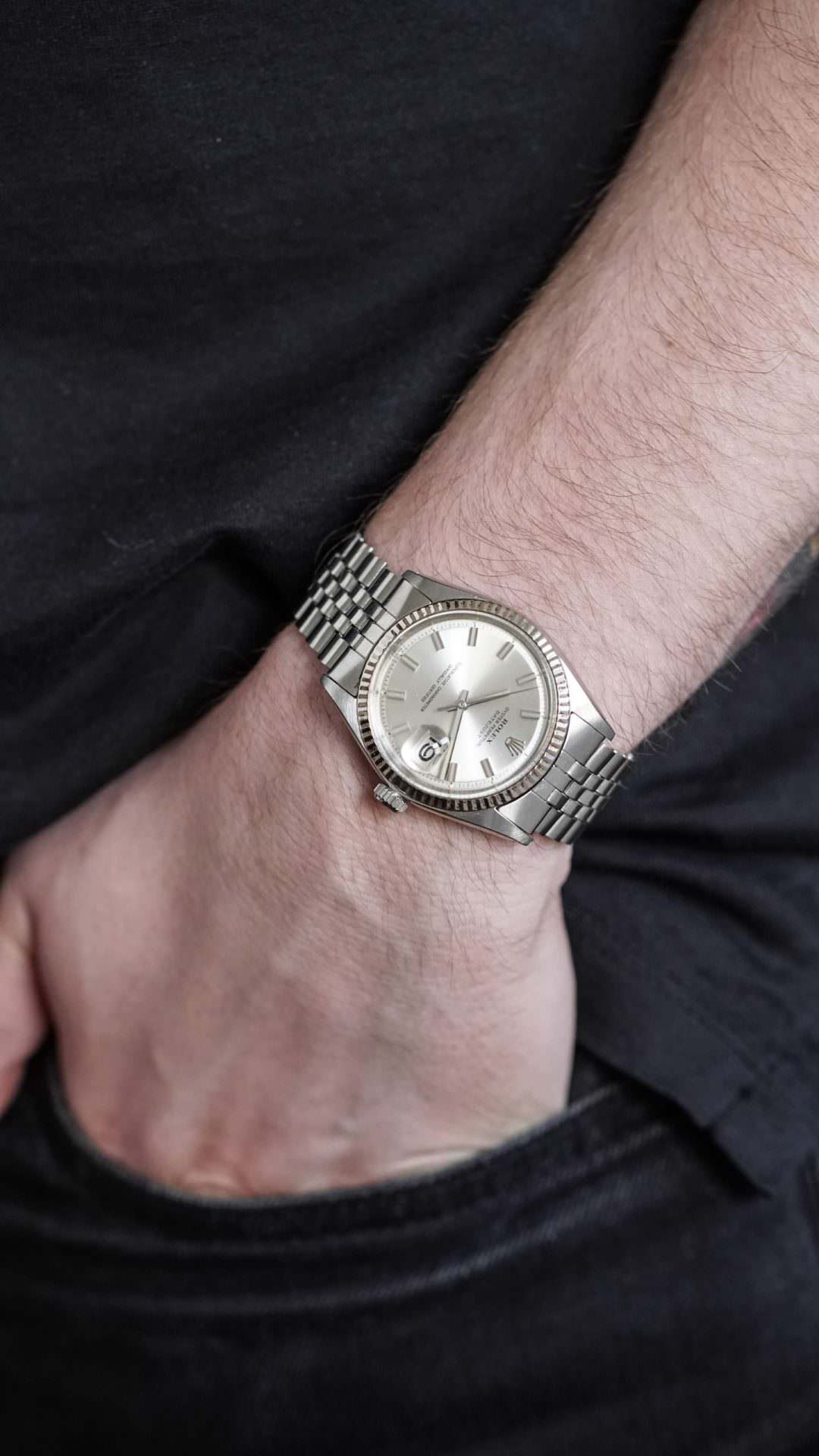
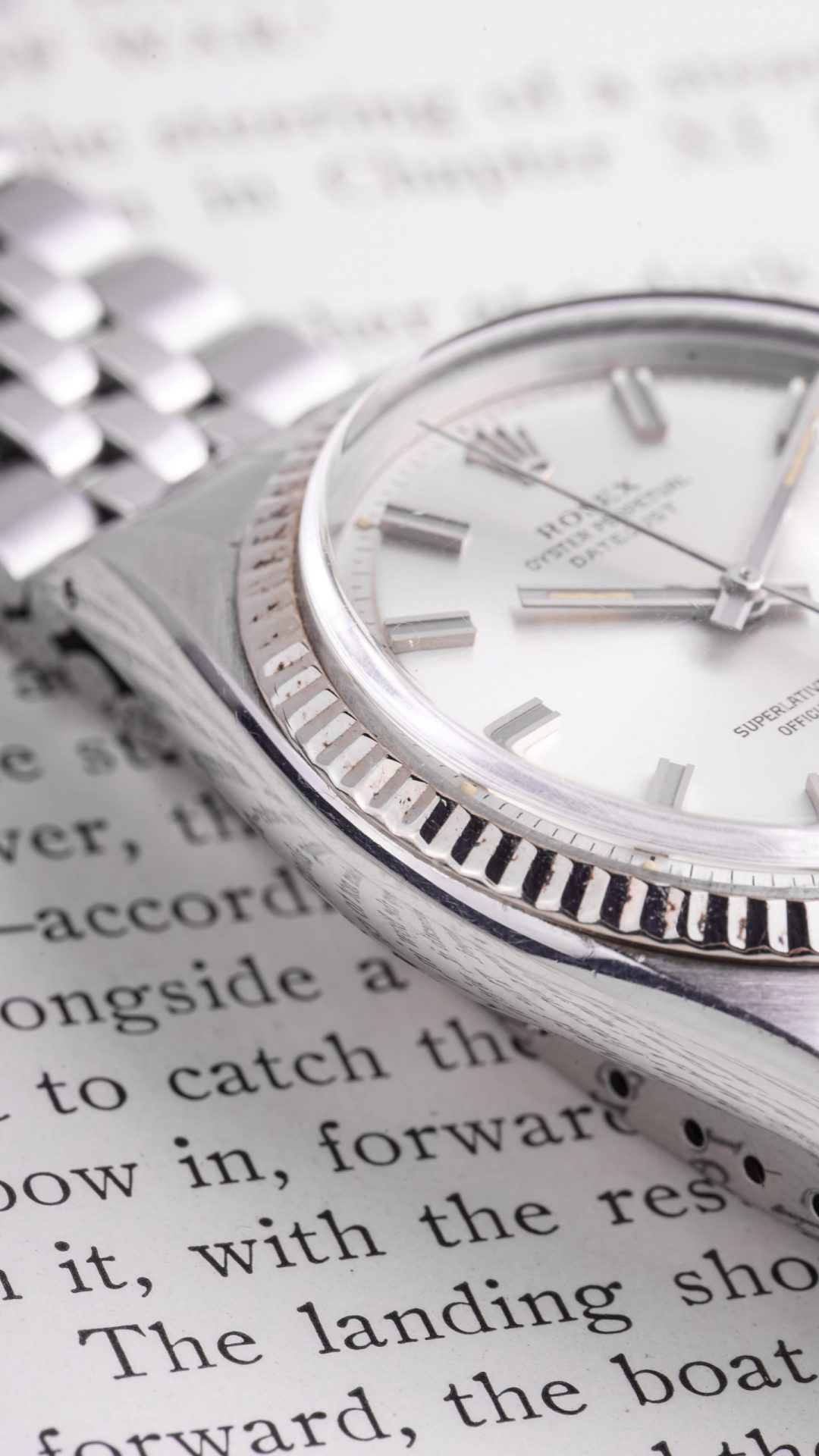
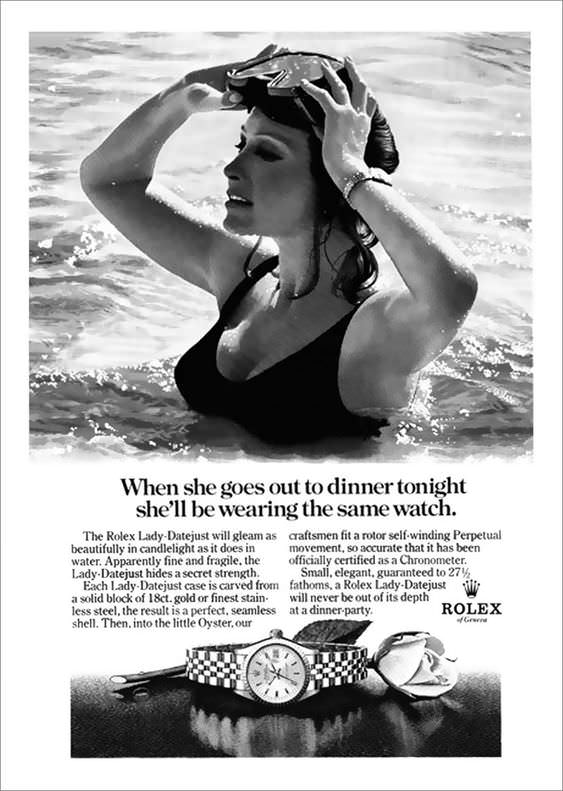
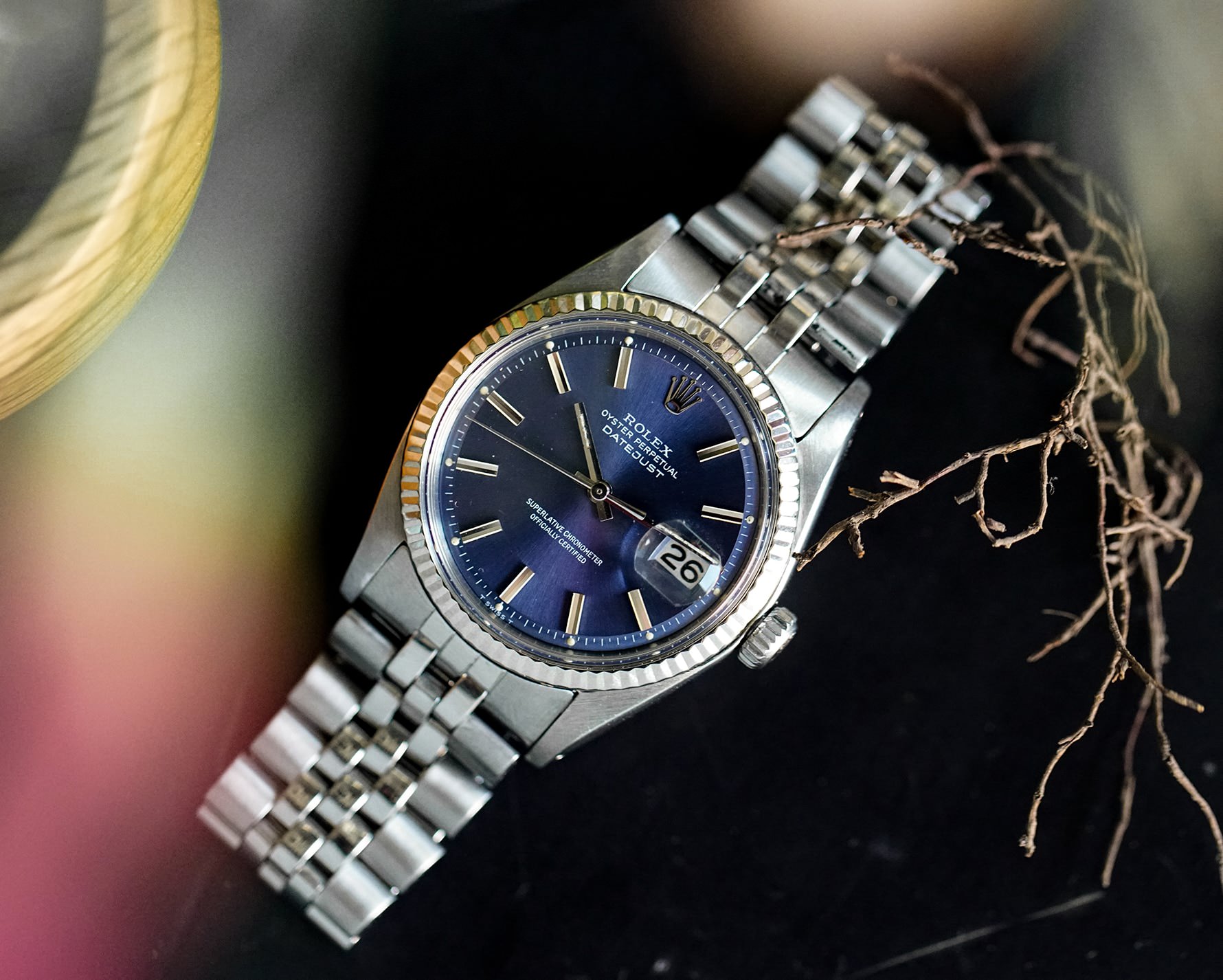
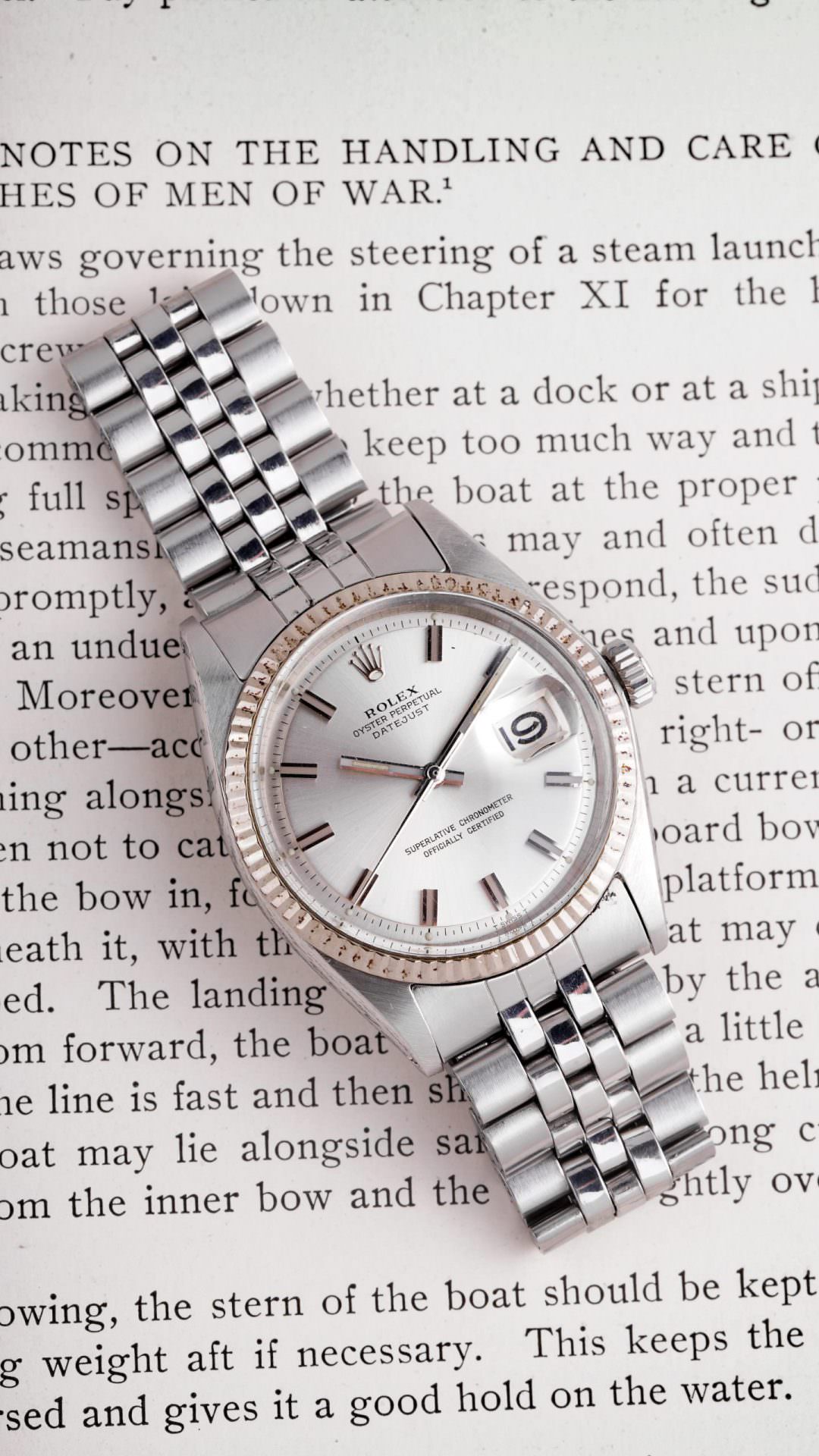
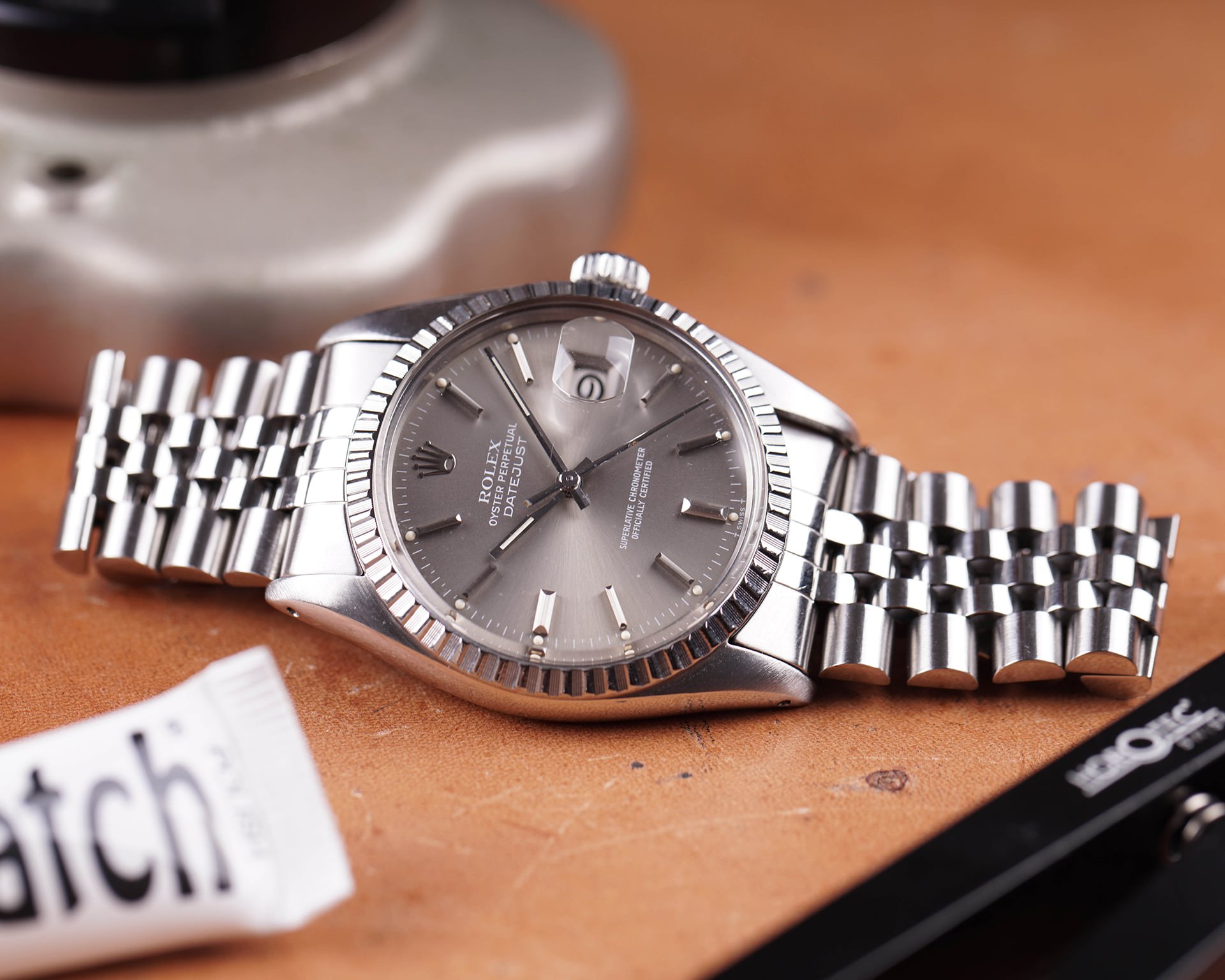
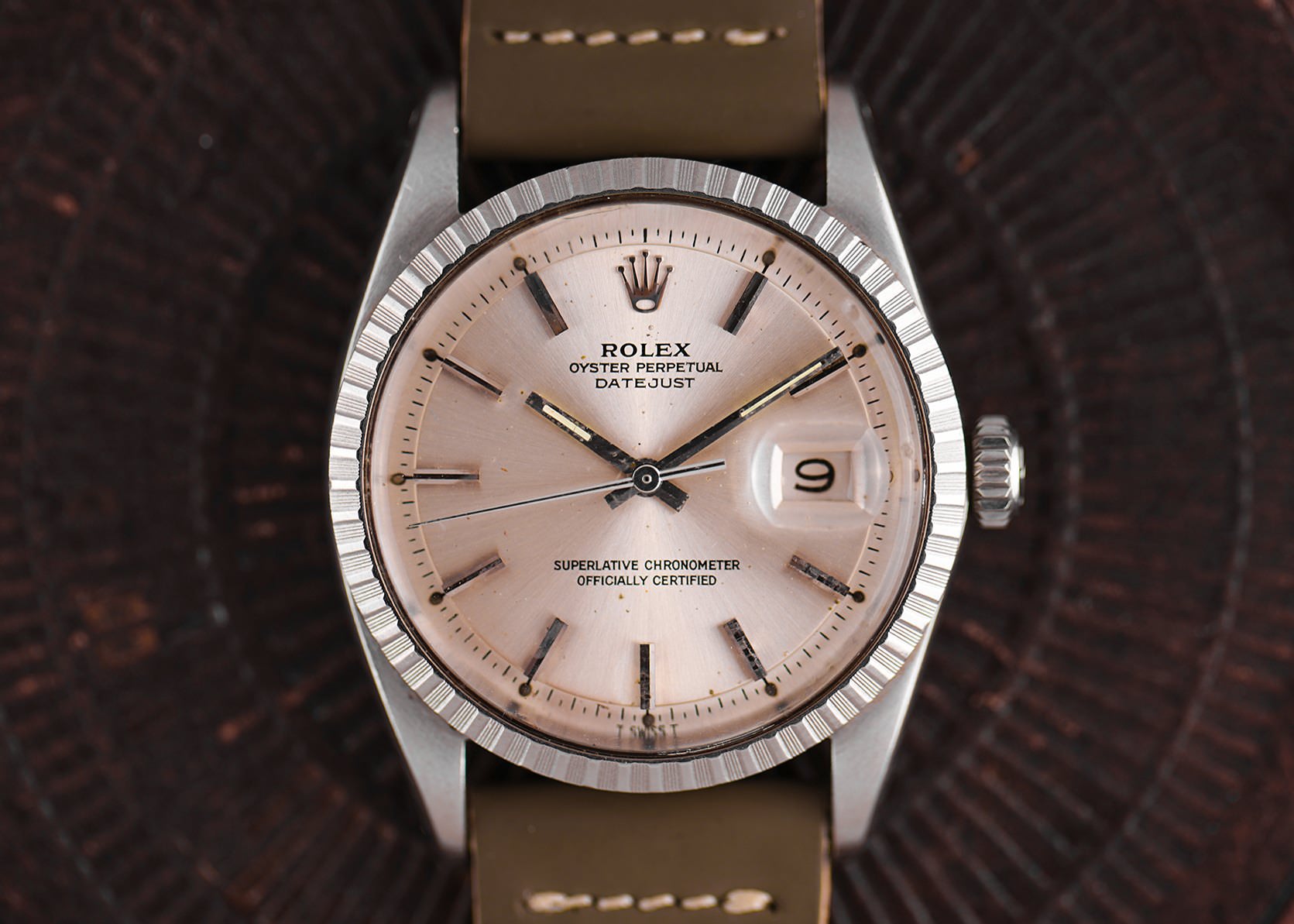
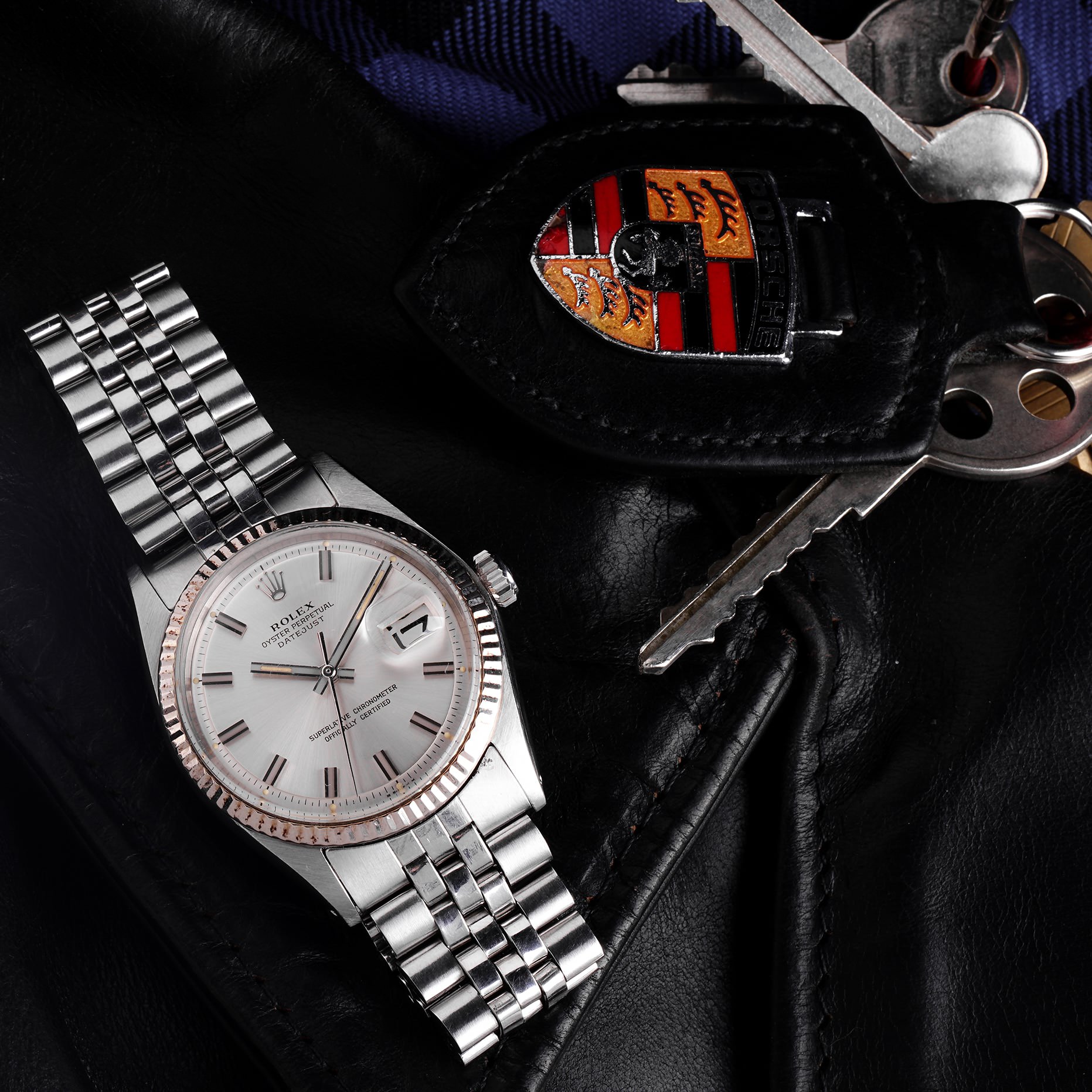
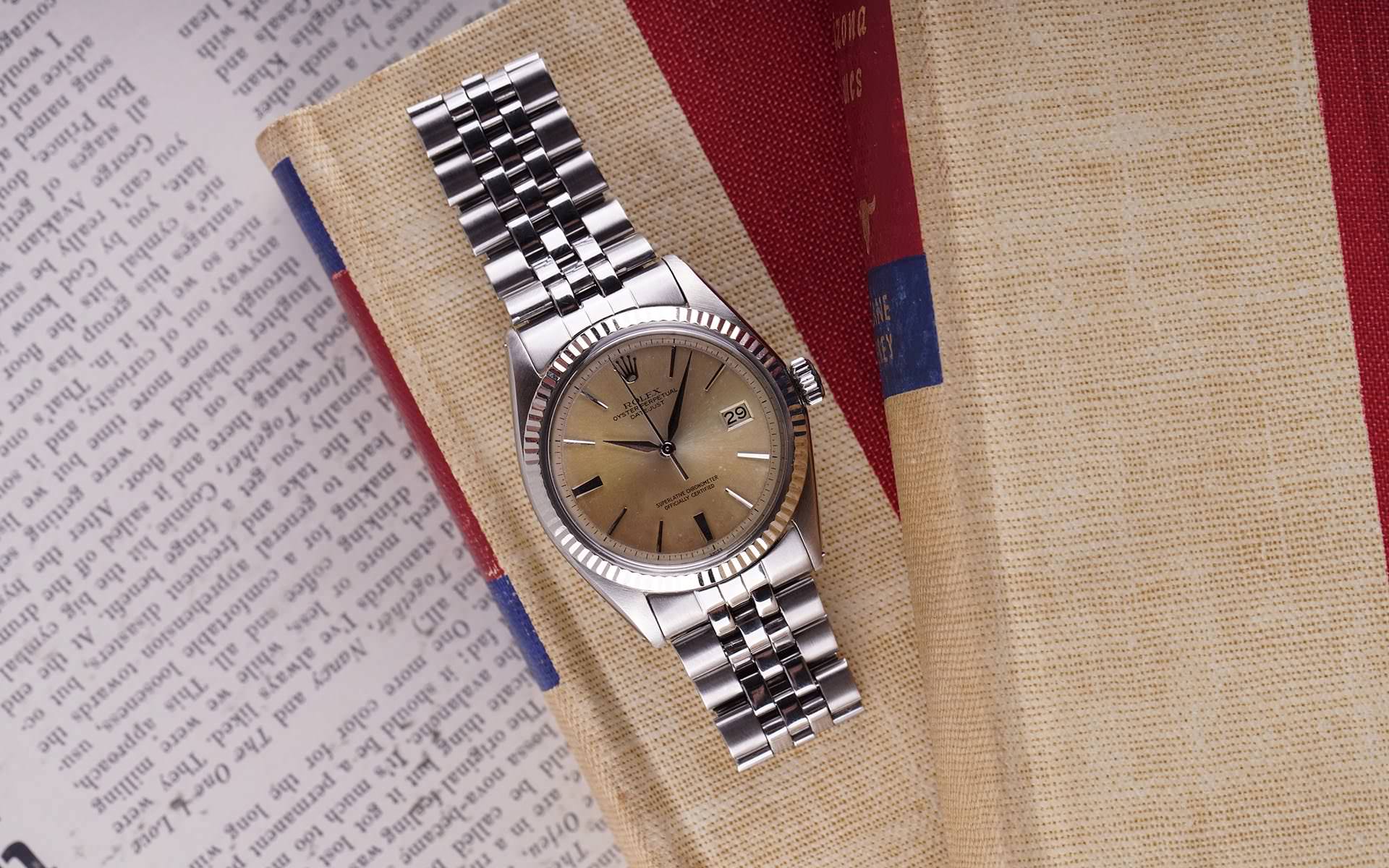
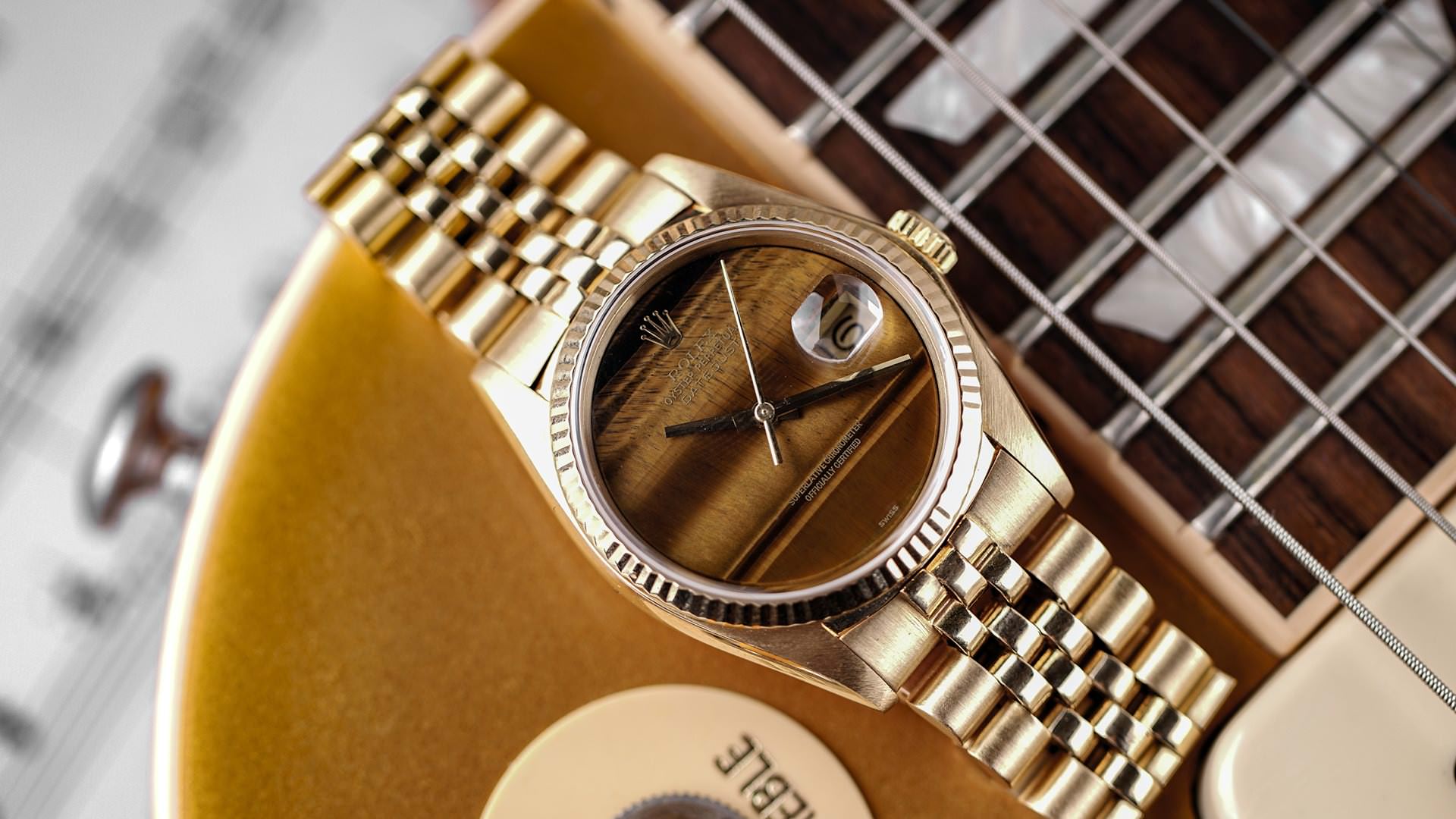
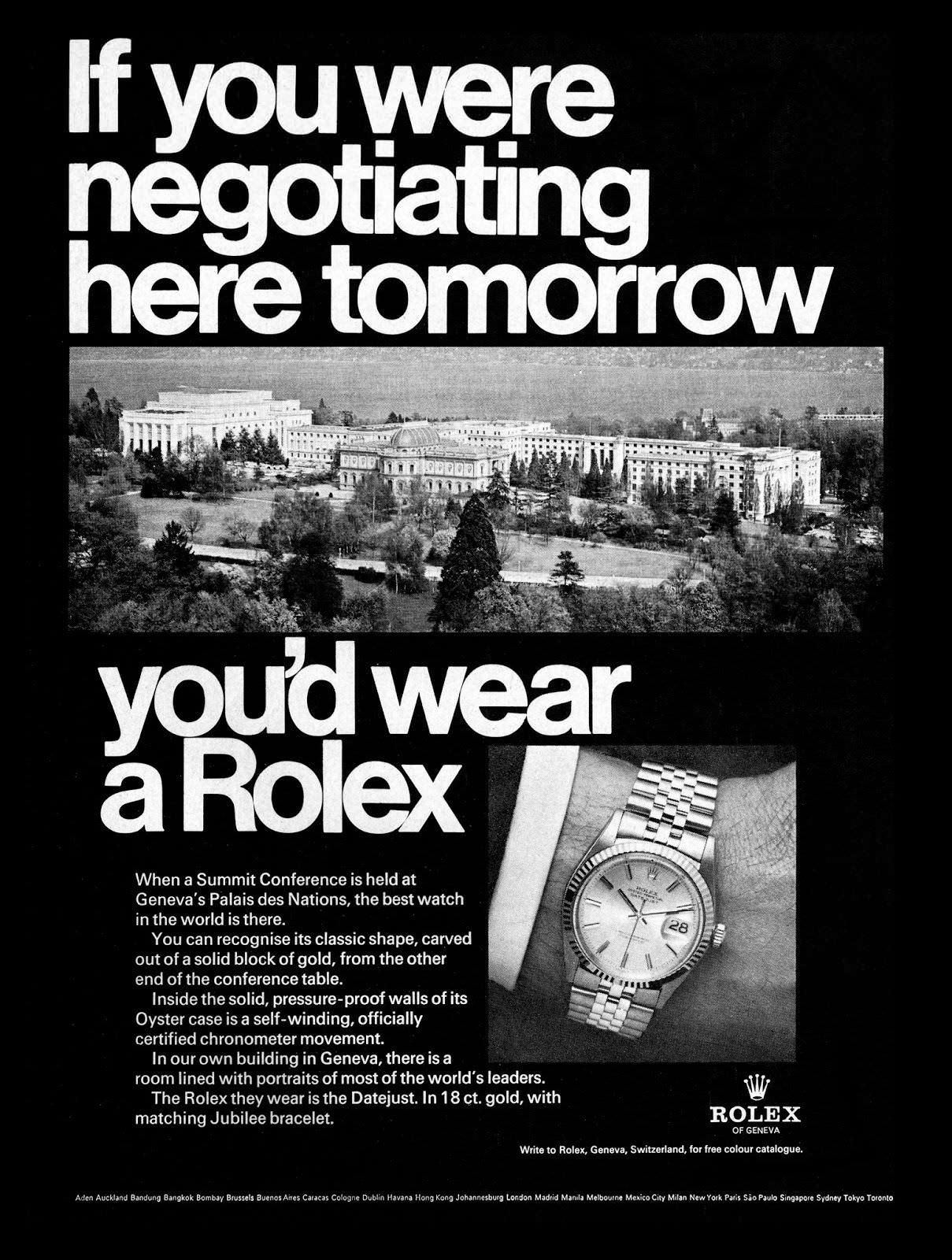
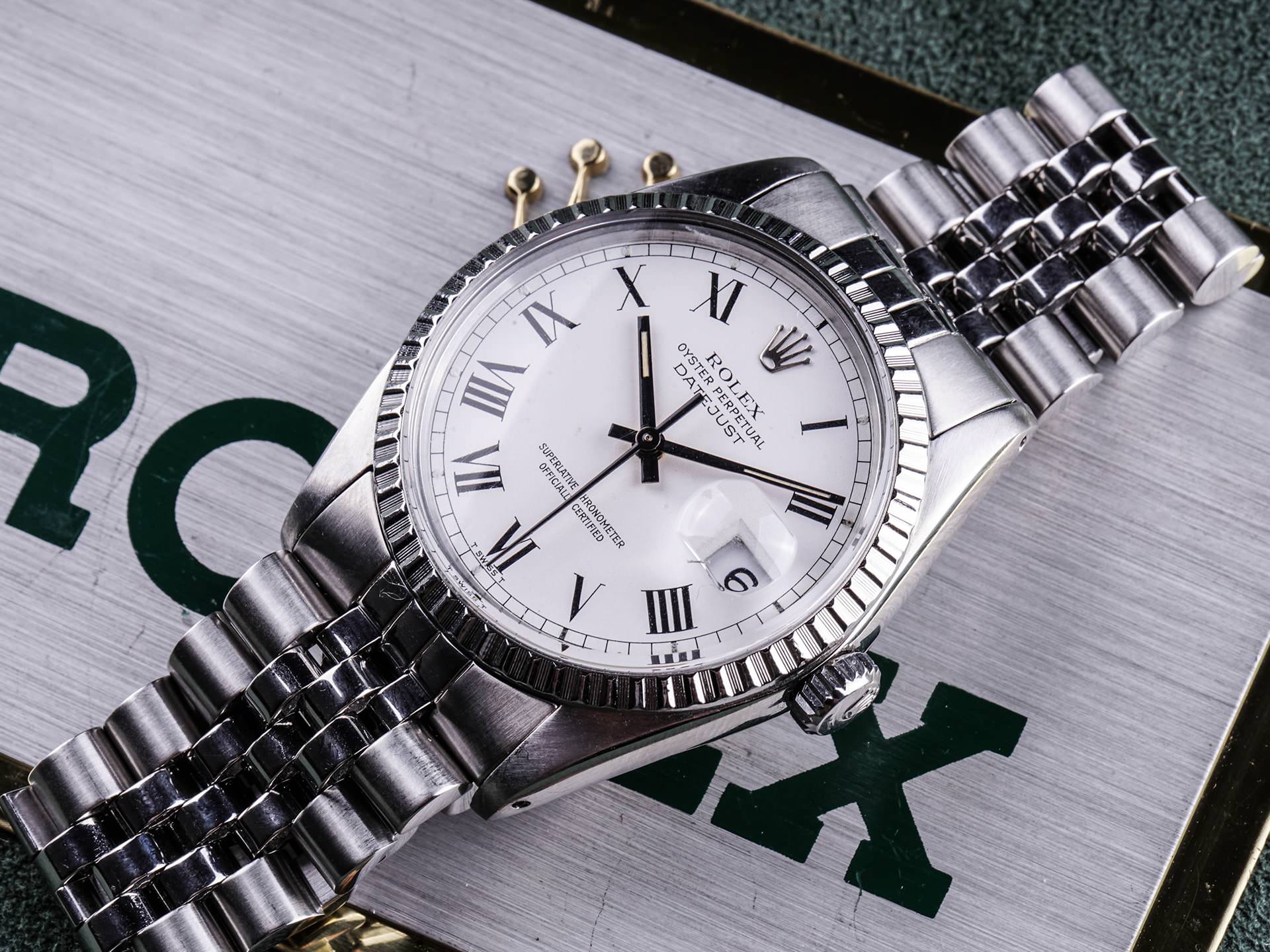
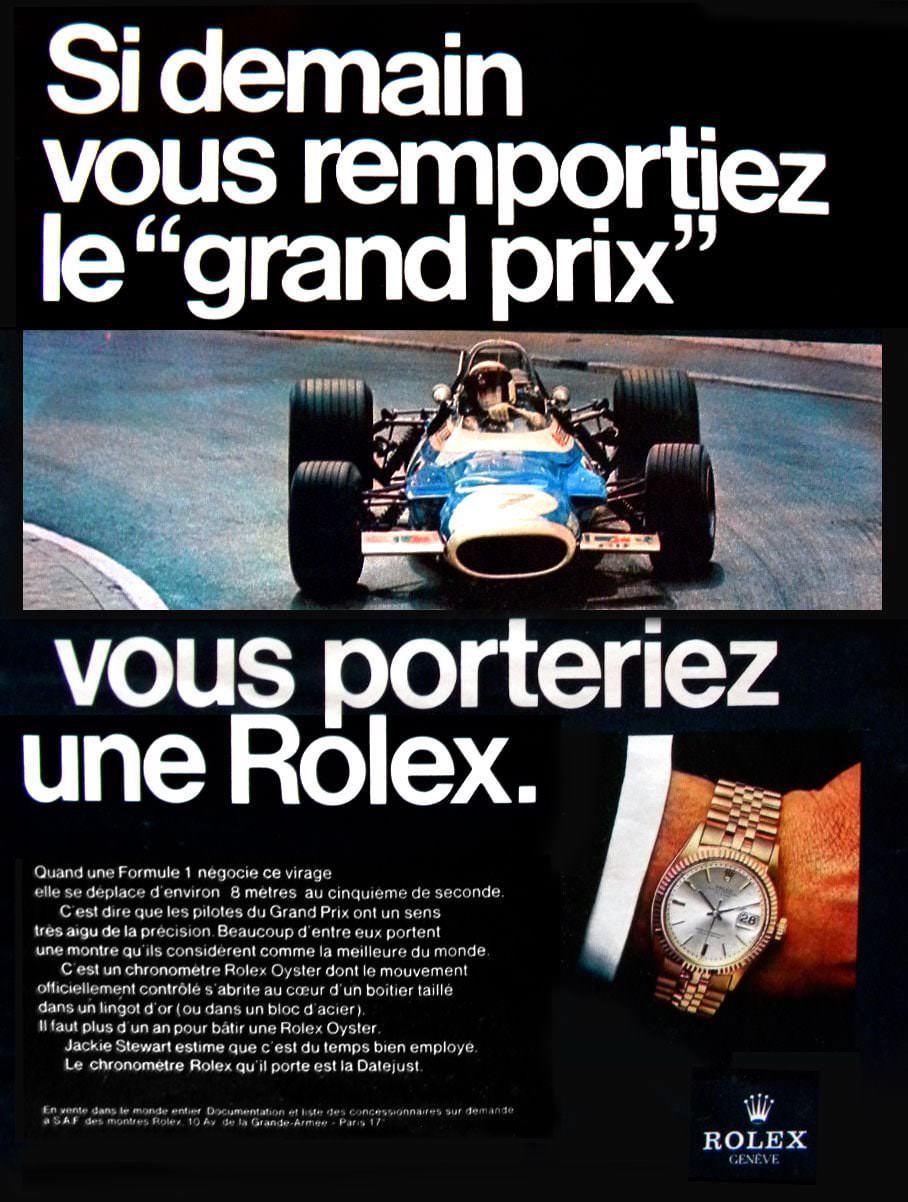
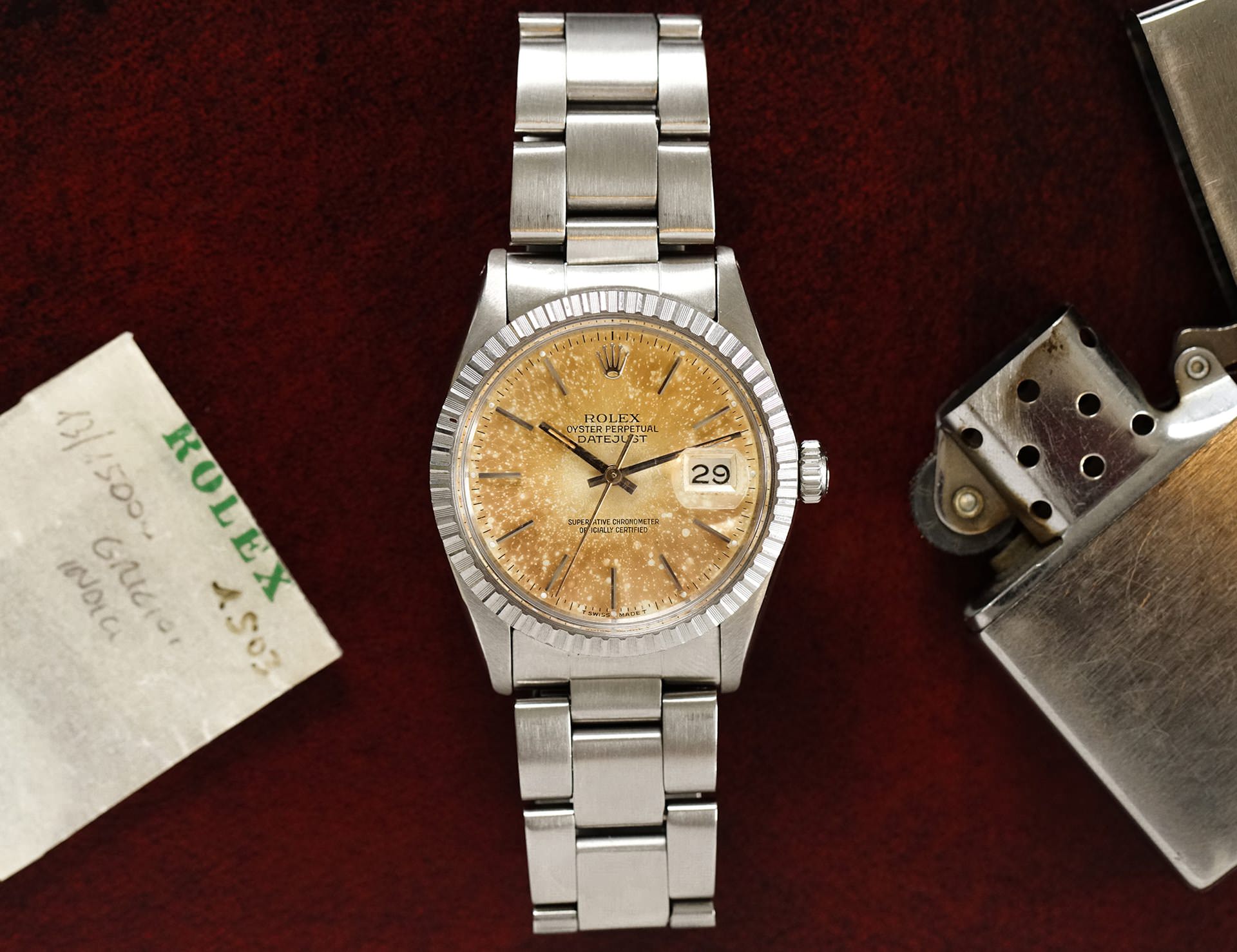

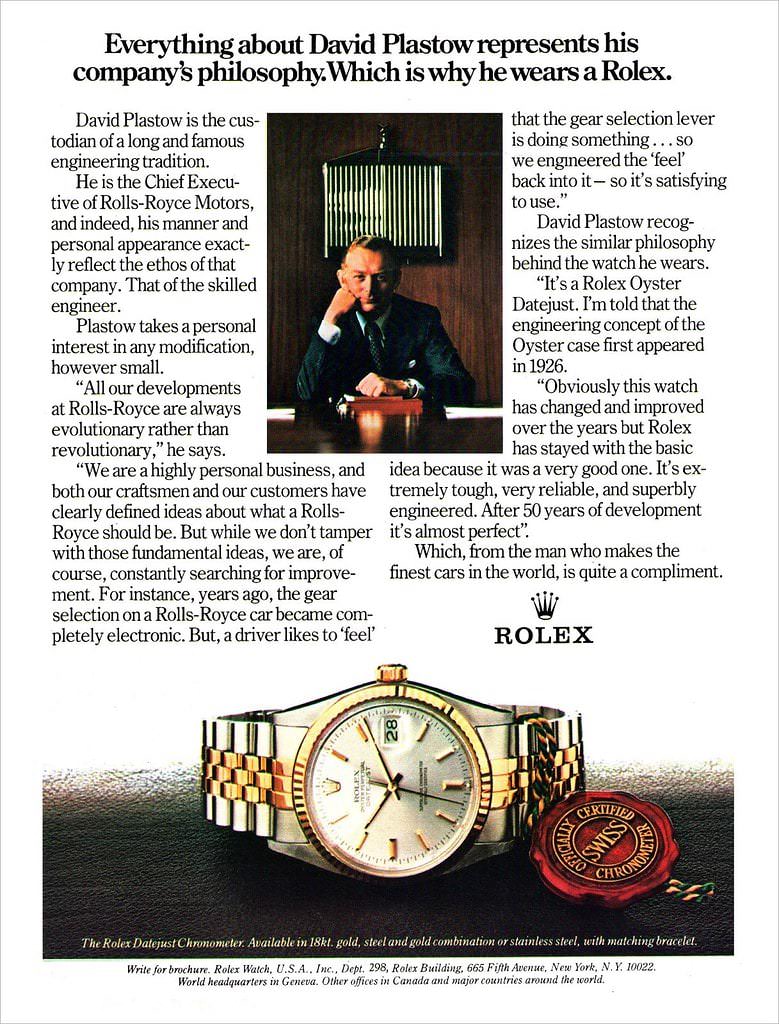
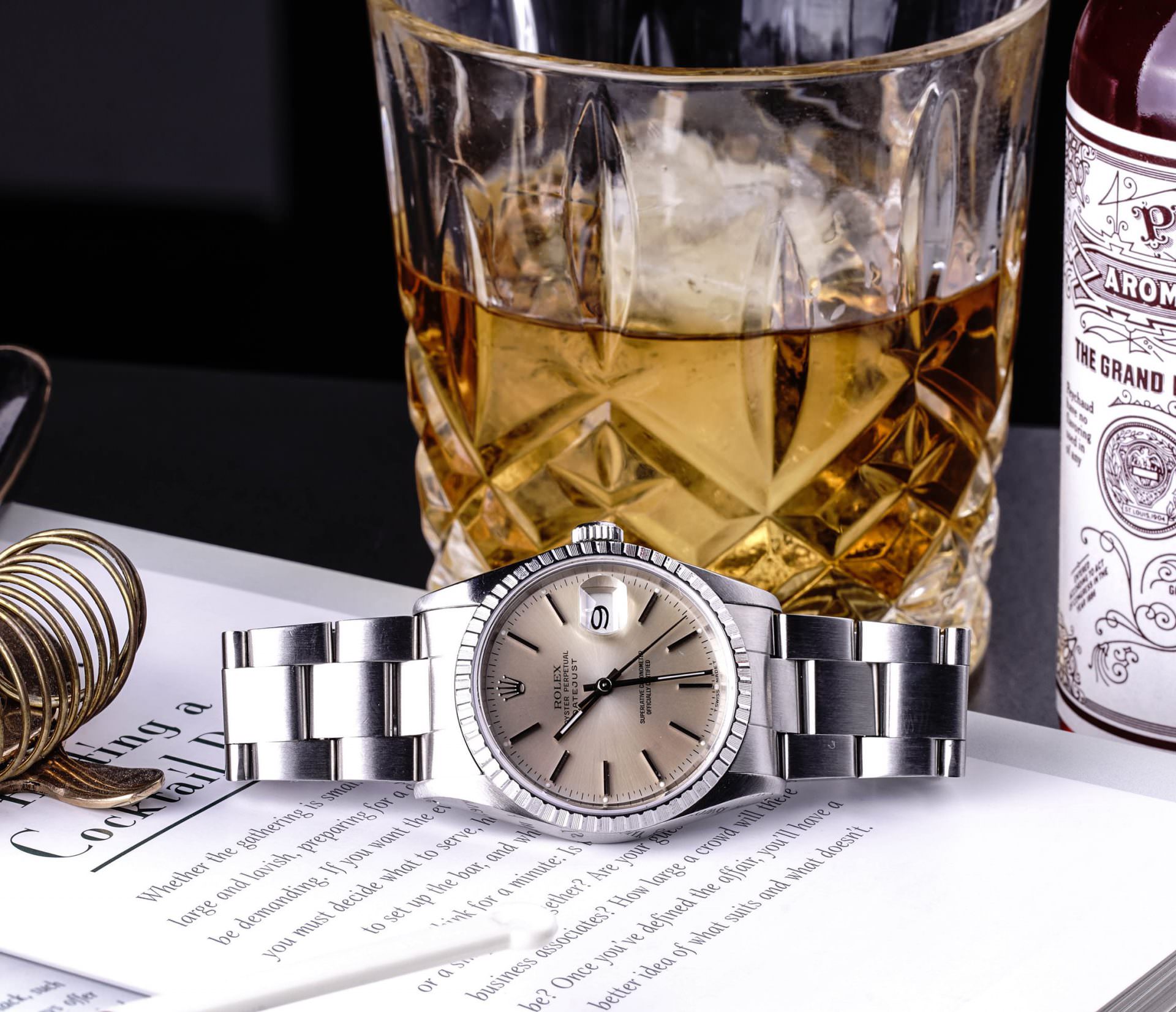
There are more Rolex Datejust dial and hand variants than you can shake a stick at. The most common dial variants being champagne in the gold and two-tone variants and silver in the steel variants, with stick markers and baton hands being the most commonly seen. But part of what makes the Datejust such an interesting reference to collect in the first place much like vintage watch collecting in itself is that there are a ton of factory dial and hand combinations that make a seemingly simple reference range complex and interesting. Some of my favorite dial variants include the Datejust “Wide Boy” variants commonly seen in the Datejust Reference 1601, Im also a fan of the printed roman dial variants that were popular in the latter part of the 1970s into the 1980s commonly referred to as a “Buckley” dial, and I’m I a total sucker for the factory color dials such as black, grey and blue dials. Don’t get me started on stone dials… Even after many years of serious collecting, I am still discovering factory Datejust dial and hand variants. The options throughout the entire Datejust range are seemingly endless.

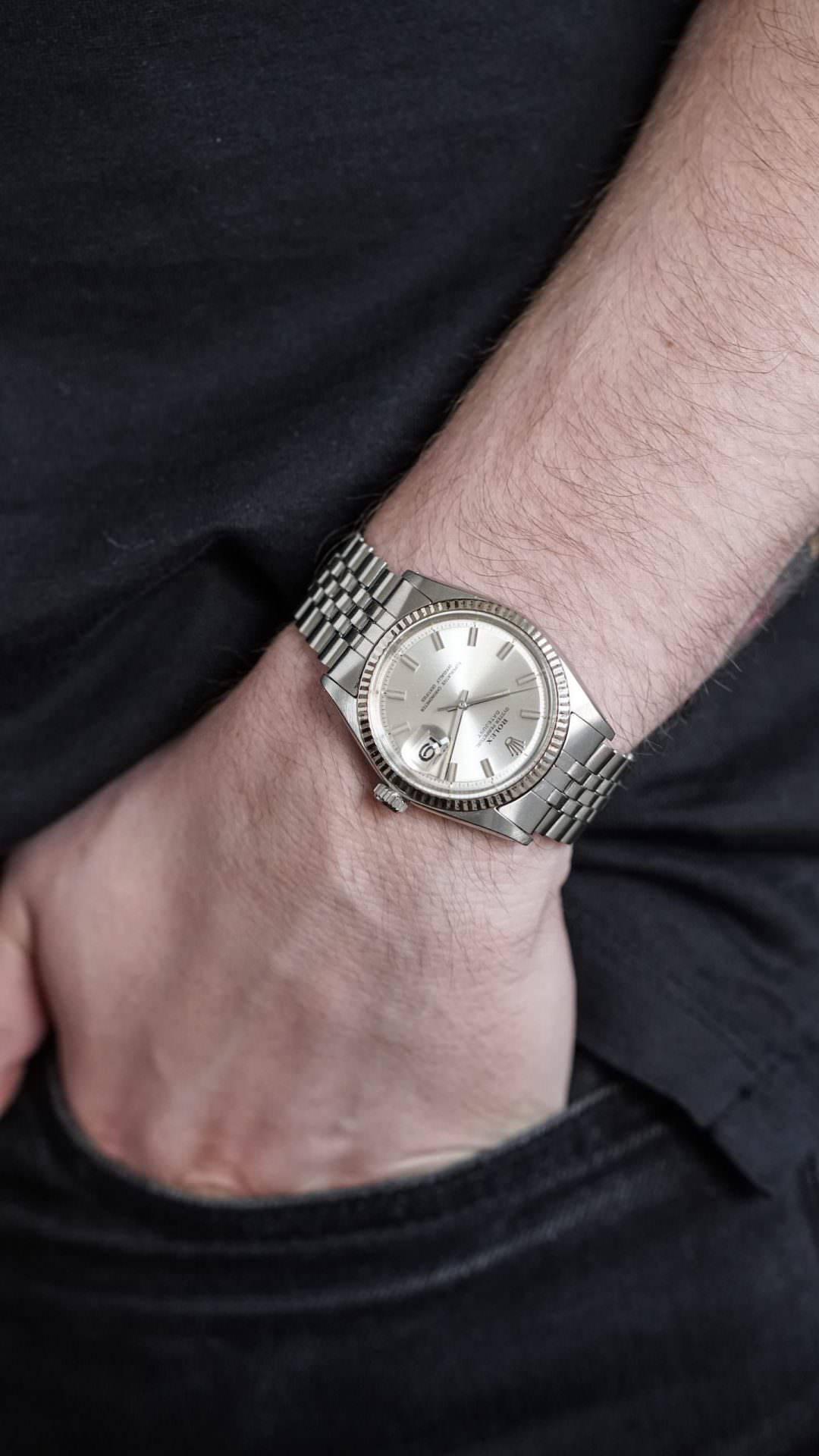
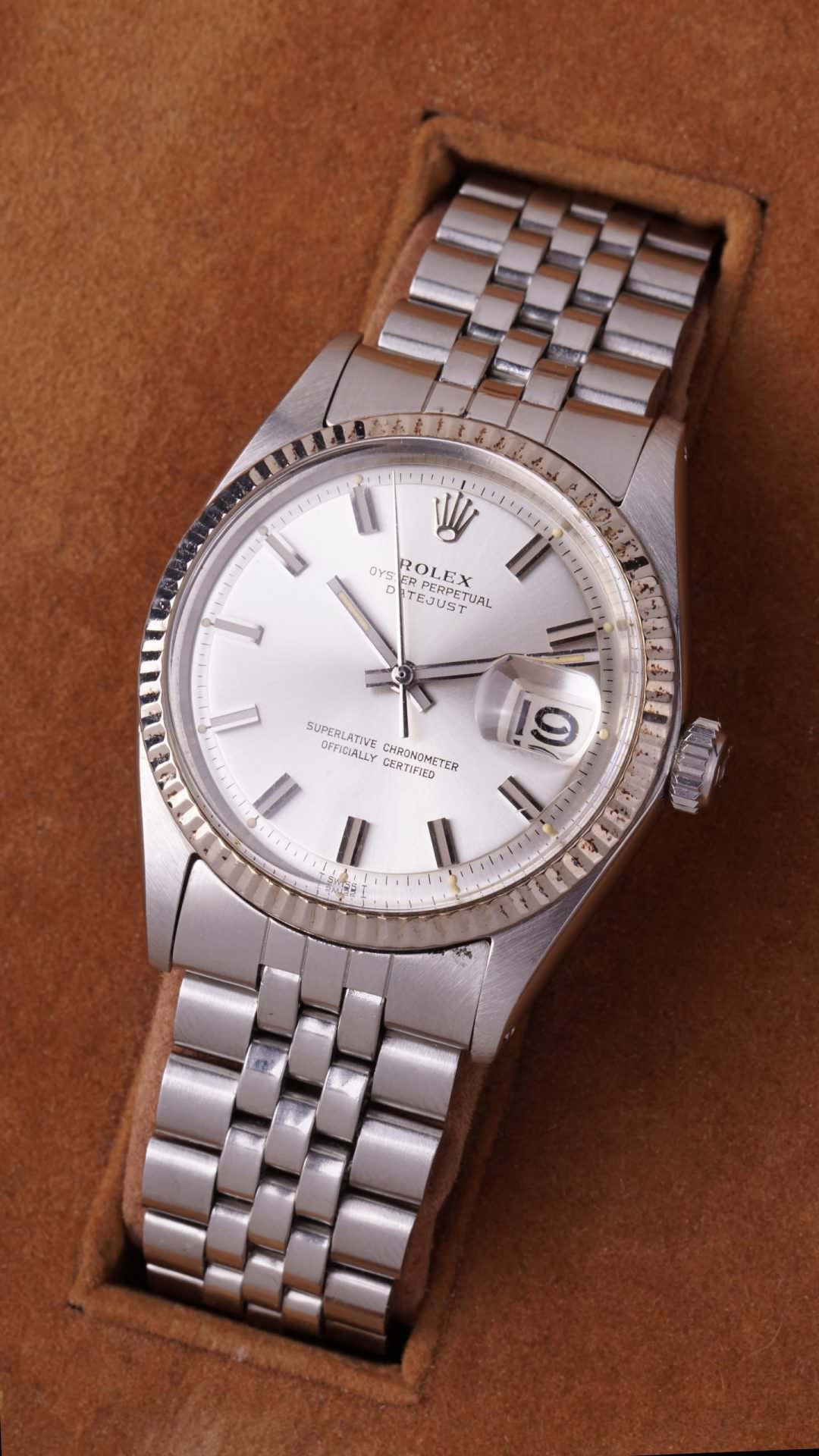
As a vintage watch dealer and also as a vintage watch collector I am often asked if I were to own one watch and one watch only, which watch would I own. I think most people expect me to respond with something that is extravagant or immensely rare or unique. And although I have things like this in my collection and have literally traveled all over the world chasing watches of this “caliber” my answer is always a Rolex Datejust in steel and on Jubilee. The Rolex Datejust is a watch that can quite literally be worn for every occasion and possesses a build quality to also be worn on one’s adventures. Of course, there are models of the Datejust especially variants that are produced in gold and or with gemset features that would yield a more executive and exclusive luxury like feel, but even then there is something about the simplistic design that works and offers flexibility in its ability to be worn in the most exclusive to the most casual instances.

A steel Datejust wouldn’t feel out of place worn with a suit and tie and a yellow gold offering would also pair nicely in a more casual setting, that’s the magic thing about the Datejust and what makes it an icon. Its the Datejust’s ability to seemingly blend and adapt to its environment that makes it one of the most iconic and desirable wristwatches ever to have been produced. Even the most modern offering today looks just as classic and iconic as the vintage variants. With endless dial variants and case/bracelet materials, one could solely collect the Datejust and fill a watch box full of individually unique options where not one example is exactly the same as the next. The Datejust will be just as desirable today as it was yesterday and will always remain popular as an icon of design and fashion worthy of time on the wrist.

Check out 'Reference Tracks' our Spotify playlist. We’ll take you through what’s been spinning on the black circle at the C + T offices.

Never miss a watch. Get push notifications for new items and content as well as exclusive access to app only product launches.
Sign up for our newsletter to receive updates and exclusive offers